DEPARTMENT OF LOW VISION SERVICES
Low Vision Department
The Low Vision Department at Madhav Netralaya emphasizes on the goal of helping you make most of the vision you have because there are situations wherein despite best efforts from the patient and the doctor, vision cannot be improved beyond a certain limit. Because it is our duty to see that a low vision patient uses the vision to its fullest potential.
What is Low Vision?
It can be defined as the term used to describe the significant visual impairment which cannot be corrected fully with glasses, contact lenses, medication or eye surgery. In this condition, the loss of best-corrected visual acuity (BVCA) is worse than 20/70 in the better eye.
Causes of Low Vision-
We can say that the strings of Low Vision are somehow or the other connected to various eye disorders, therefore, the causes are related to them such as
- Cataract causes hazy, blurry vision.
- Macular Degeneration typically causes blurred or partially obscured central vision.
- Diabetic Retinopathy causes blind spots, blurriness and visual distortions.
- Glaucoma ‘s significance is poor peripheral vision.
- Retinitis pigmentosa reduces peripheral vision and the ability to see in the dark.
- Light Sensitivity and loss of contrast are other symptoms of these and other diseases.
- Heredity and eye injuries also cause low vision.
Effects of Low Vision-
Children can have low vision due to a birth defect or injury. Visually impaired children may have learning problems that require special instruction and they may need help developing socialization skills.
Vision loss in adults and seniors can be remarkably traumatic, leading to frustration and depression. Losing the ability to drive, read easily, watch tv or view a computer screen/tablet can cause people with low vision to feel shut off from the world. They may be unable to get around places independently or shop around easily for necessities.
Diagnosis of Low Vision-
Have an eye exam by a top eye specialist in Nagpur for diagnosis of low vision. An appointment with your eye specialist is necessary if your vision difficulties are preventing you from daily activities like travel, cooking, work, and school. The tests the specialist will perform include the use of lighting, magnifiers, and special charts to help test visual acuity, depth perception, and visual field.
The treatment to be undergone - For the treatment we undergo three processes
For the treatment, we undergo three processes
Counseling- The feeling of being dependent and losing your vision after being diagnosed with low vision can be very depressing for the patient itself. Accepting the reality for the patient and leading a normal life becomes remarkably tough. At this stage counseling plays a very crucial role as their support along with the family members can help the patient stabilize their lives.
Some sight disorders, like diabetic retinopathy, can be treated to restore or maintain important vision. When this is not possible, low vision is permanent. However, many people with low vision find visual aids helpful. Popular low vision aids include:
- Telescopic glasses
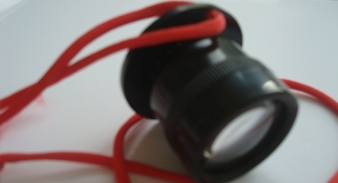
Monocular Telescope with neckband- It is useful for spotting bus numbers, seeing street signs, watching blackboard in classrooms, watching TV, cricket match, stage play, etc
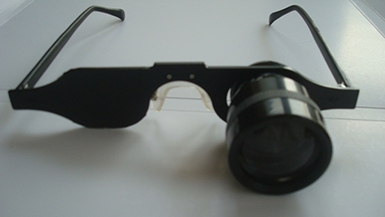
A telescope mounted on a spectacle frame
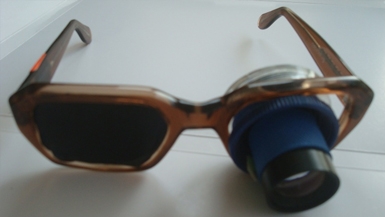
Monocular Telescopes are used for distant vision
- Lenses that filter light
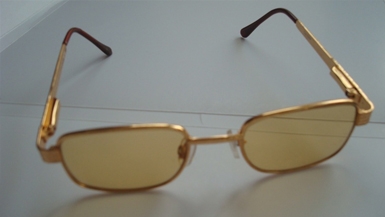
- Magnifying glasses
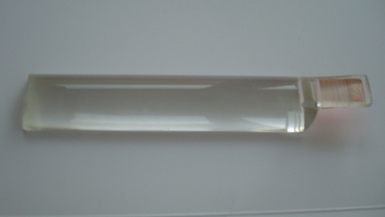
Bar Magnifier
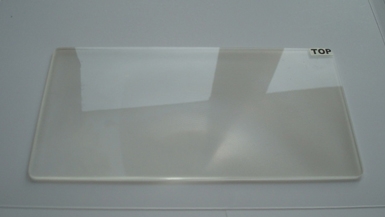
Fresnel Sheet Magnifier
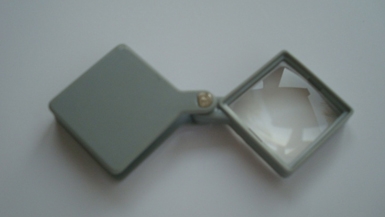
Pocket Magnifier
- Hand magnifiers
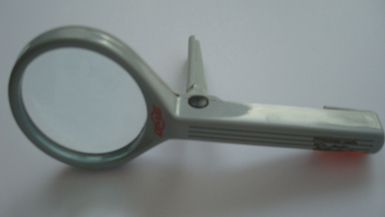
Double Lens Hand Held Magnifier-
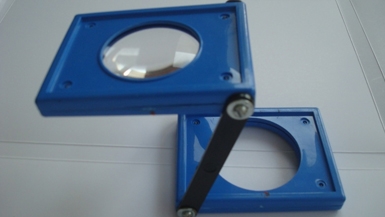
Folding Stand Magnifier
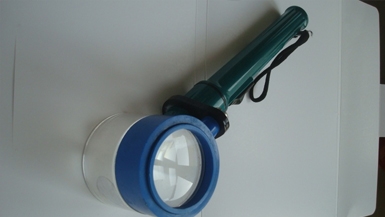
Illuminated Torch Magnifier
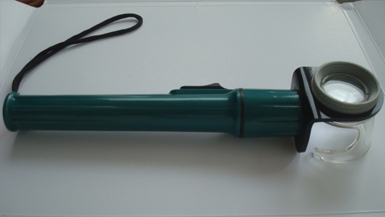
Torch Magnifier B
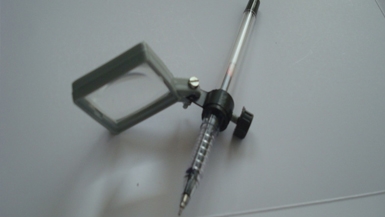
Pen with Magnifier
- Closed-circuit television
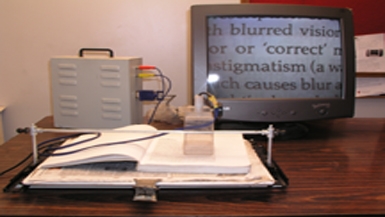
- Reading prisms
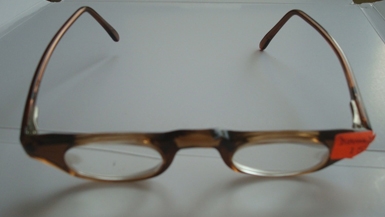
Capacity Building- Non-optical aids designed for people with low vision are also very helpful. Some popular non-optical devices include:
- Text reading software
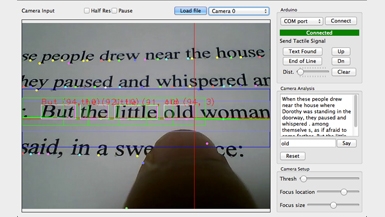
- Check guides

- High contrast clocks and watches
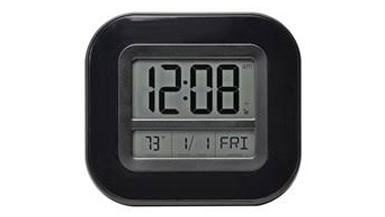
- Talking watches and clocks
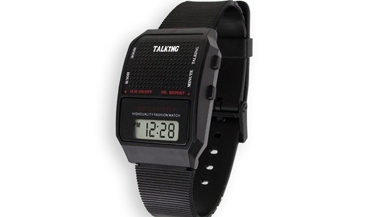
- Large print publications
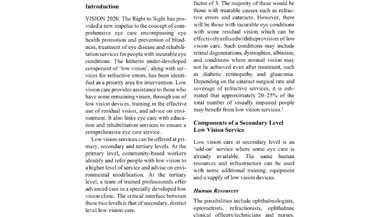
- Clocks, phones, and watches with enlarged numbers
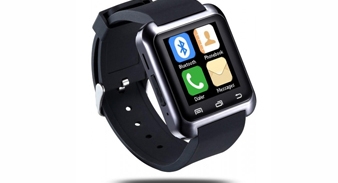
We train the patient to use these devices as well as manual techniques such as scanning to understand the world around them.
